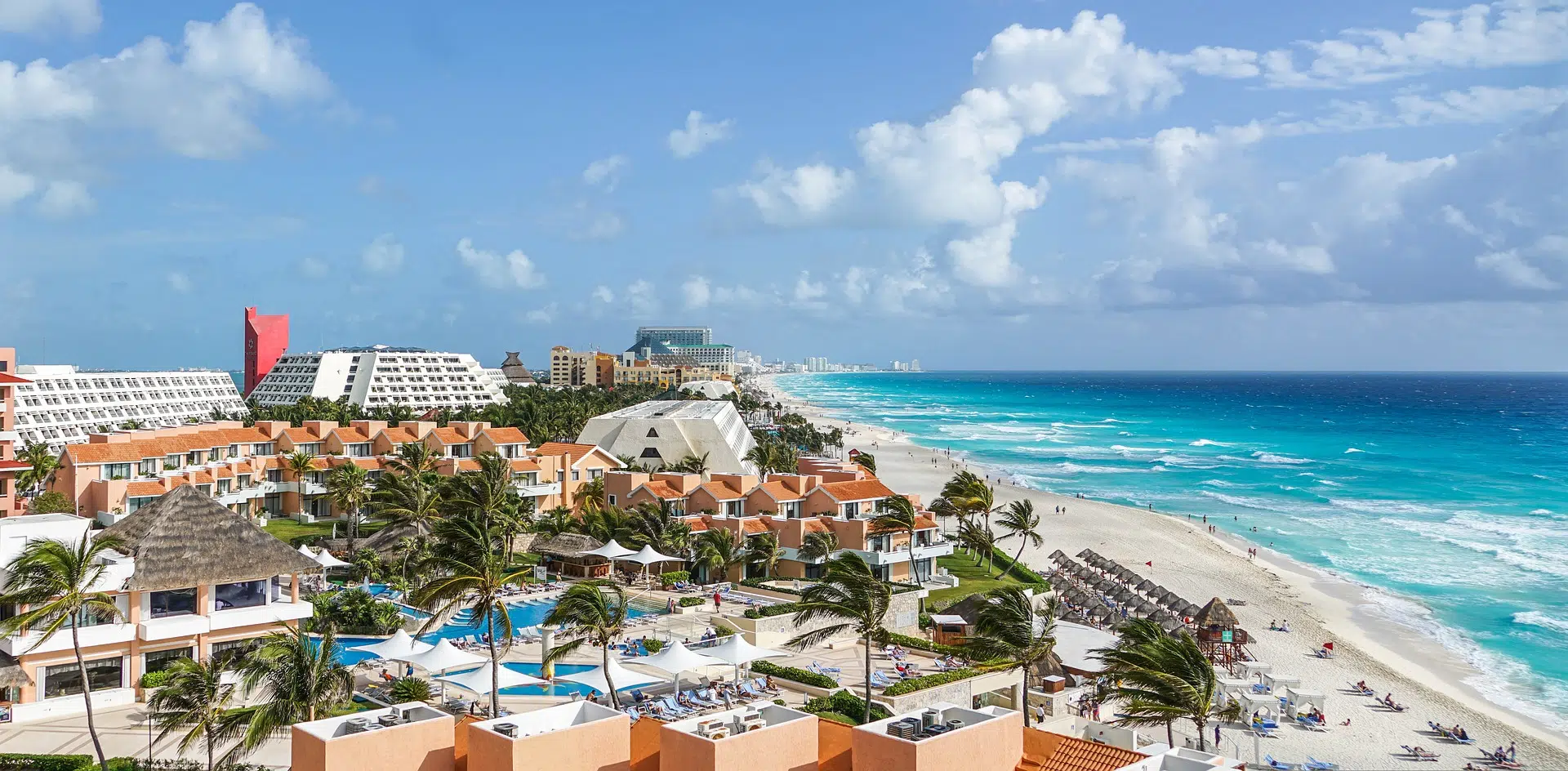
How to Get Around in Mexico by Train, Plane, Bus or Car
Over 100+ hours of expert travel research on Mexico, now presented to you in a short and easily digestible format for Free. Bookmark and save this page for future reference and updates.
Getting Around Mexico
-
🚌
Most popular: Buses are the mainstay of long-distance travel in Mexico, with extensive networks connecting almost all towns and cities. First-class buses like those operated by ADO are comfortable, affordable, and efficient.
-
💰
Cost-effective: Second-class buses are cheaper and cover local routes that are not served by first-class services, though they make more stops and are less comfortable.
-
⏱️
Time-efficient: Domestic flights can significantly reduce travel time across Mexico's vast distances. Major airlines include Aeromexico, Volaris, and Interjet, connecting major cities and tourist destinations.
-
🚗
Traffic safety: While major highways are generally in good condition, some rural roads can be challenging. Always be cautious of speed bumps (topes), which are not always clearly marked.
-
🚇
Important: In major cities like Mexico City, the metro is a fast, cheap, and effective way to avoid traffic jams. It's one of the busiest but most efficient subway systems in the world.
-
⚠️
Warning: Always be aware of your surroundings, especially in larger cities, as pickpocketing and petty theft can occur in crowded areas.
🚗 Car
- In Mexico, you drive on the right-hand side of the road.
- Renting a car can offer great freedom to explore tourist areas and the countryside, but be sure to have valid insurance and be cautious of local driving habits.
- The legal blood alcohol concentration (BAC) limit is generally 0.08%, but it can be lower in different states.
- Speed limits are usually 60 km/h in cities and 100-120 km/h on highways.
- It's mandatory to wear seat belts, and children need to be in car seats.
🚕 Taxi
- Taxis are plentiful and reasonably priced but always use taxis from a reliable sitio (taxi rank) or those summoned by an app to ensure safety.
- Ride-hailing apps like Uber are available in major cities and are often preferred for their convenience and safety.
🚆 Train
- Train travel is limited in Mexico, with only a few tourist trains like El Chepe in the Copper Canyon offering scenic rail journeys.
Transport Tips for Mexico
-
🚜
Rural Transport: Rural areas may have less frequent bus services. Renting a car or using local taxis can be more reliable for exploring remote regions.
-
🛣️
Toll Roads: Many major highways are toll roads (cuotas). They are generally well-maintained and offer a faster, safer driving experience.
-
🚓
Traffic Law Compliance: Adherence to driving laws is crucial. Traffic police (transito) are vigilant about enforcing local driving rules and regulations.
-
🚫
Vehicle Restrictions: Some cities have vehicle restrictions based on license plate numbers to reduce pollution, particularly in Mexico City (Hoy No Circula).
-
🏍
Mopeds and Scooters: These are popular in beach towns and smaller cities. Always wear a helmet and follow local traffic laws.
-
✈️
Air Travel: Consider domestic flights for long-distance travel across Mexico to save time, particularly to regions like the Yucatán Peninsula or Baja California.
-
⛽
Fuel Availability: While gas stations are widely available, in remote areas, it's a good idea to fill up when you have the chance to avoid running low on fuel.
Book Mexico Trip
Prepare for your Mexico trip now. Use our trusted partners for great rates and a hassle-free booking experience. Easily book your Hotels now without advance payment and cancel anytime.